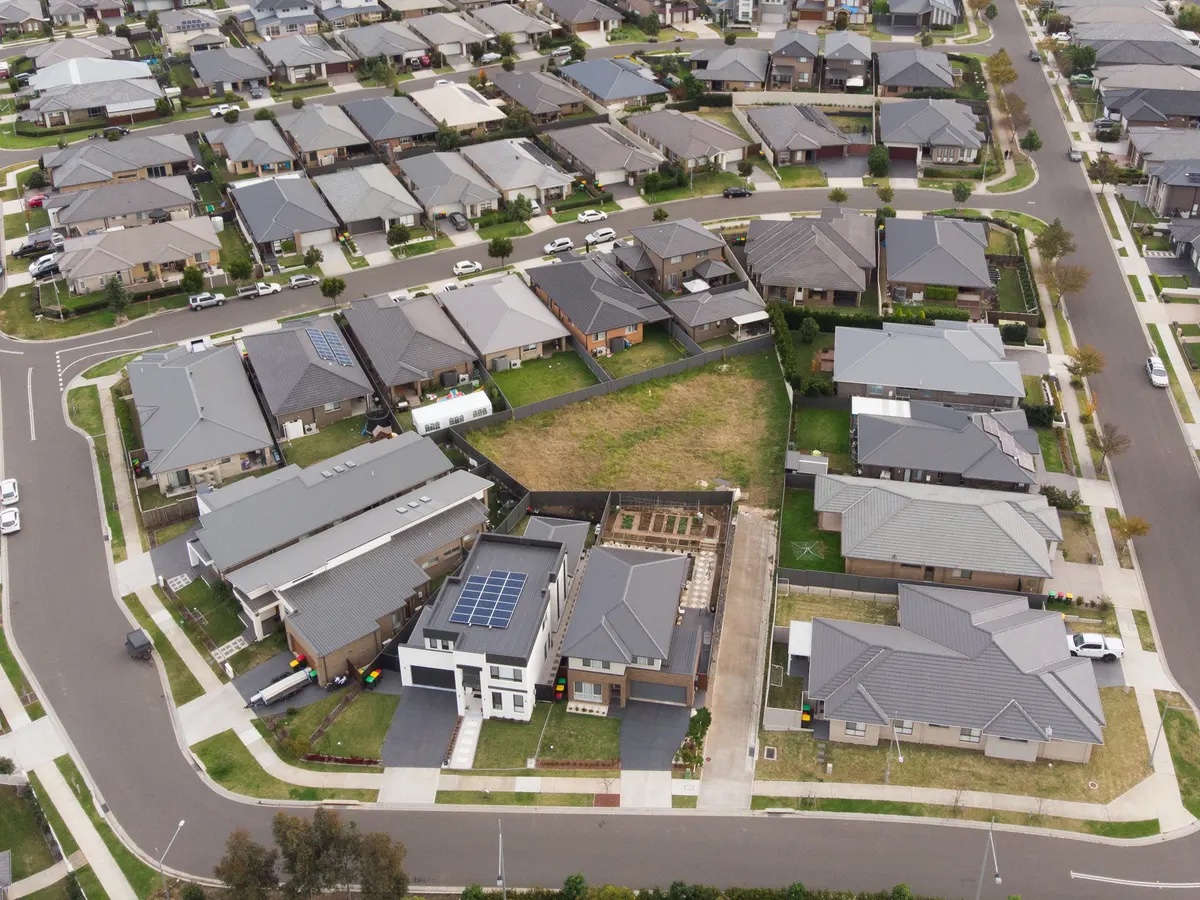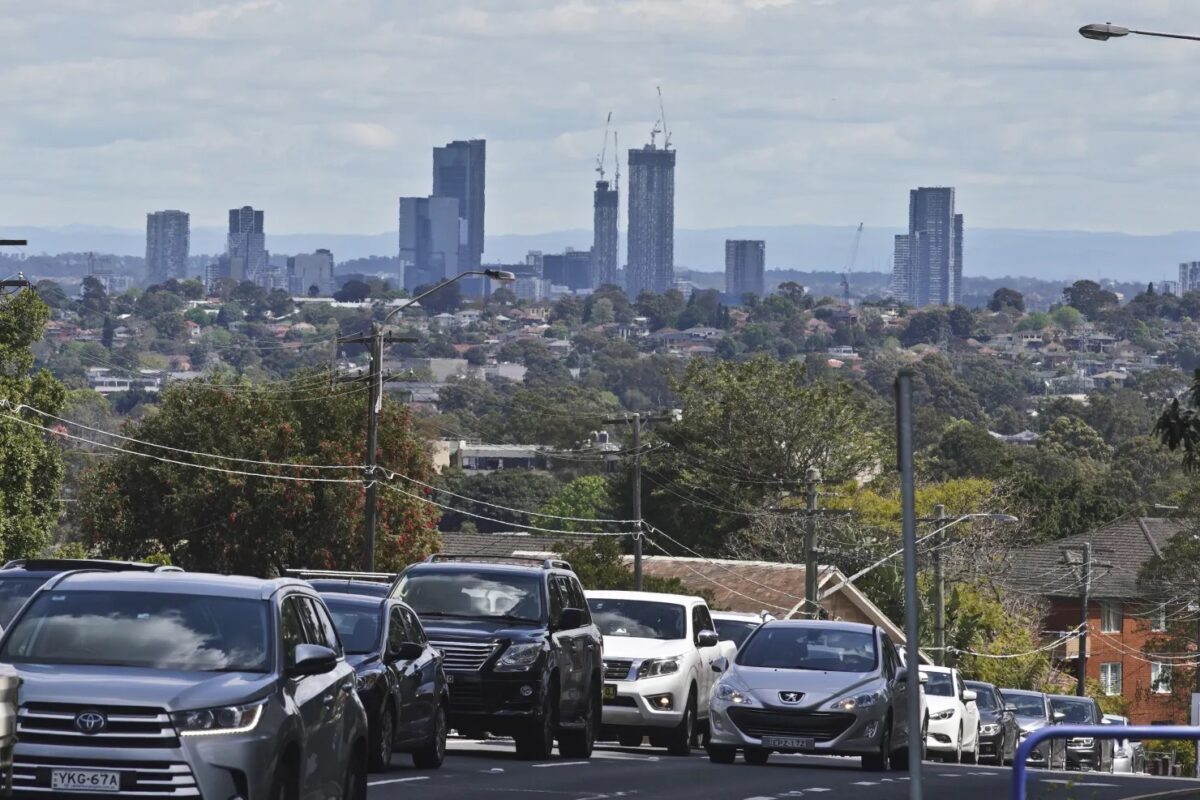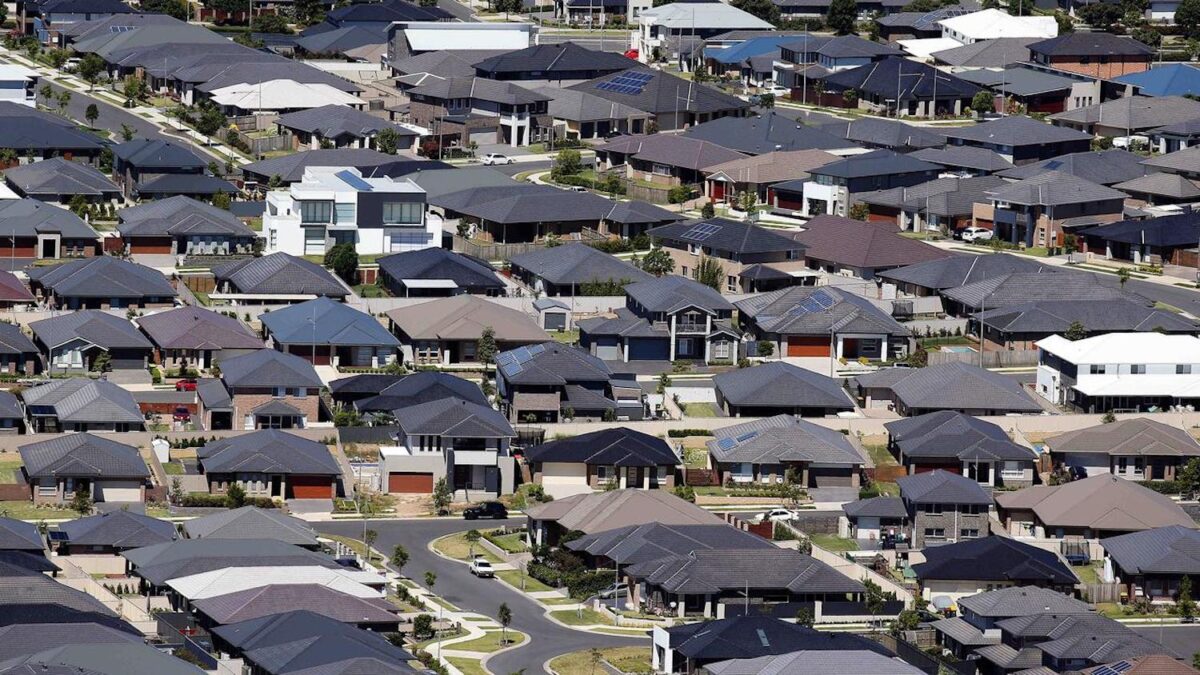It’s not exactly breaking news that Australia’s property market is in a difficult place, but newly released data shows that Sydney’s situation may be worse than many others and worse than many realised: Not only are homes nearly impossible to buy in the first place but some of those lucky enough to own property are having to sell them for unprecedented losses…
With a celebrity mass exodus underway and a cost-of-living crisis that just never seems to get any better, you might not be surprised to hear that buying a property is harder than ever for many in Australia’s biggest city. However, newly released shows that not only is buying a home hard going, but selling it might not be much fun either…
Rising interest rates have increased mortgage costs, making it harder for first-time buyers to get into the market. A study by the Australian Housing and Urban Research Institute has revealed that 40% of 25-34-year-olds in Sydney and Perth expect to receive financial assistance from their families to buy a property.
The University of Sydney’s senior lecturer in Urbanism, Dr Laurence Troy, commented that buying property in Sydney was impossible without significant financial help: “If you’re living in Sydney and trying to buy into Sydney, the only way you can do it is through family support in a fairly significant way,” Troy said, adding:
“Saving up and living frugally won’t work to get you over the line – unless you’re on a big wage.”
Dr Laurence Troy
WATCH the grim reality of Sydney’s rental market below.
The Domain First Home Buyer Report shows that a young couple on the average income would have to put 50.9% of their earnings towards initial mortgage repayments if they bought an entry-level house in Sydney, up from 31.5% in 2021.
Unit buyers would see 34.2% of their income go towards repayments on a $571,500 entry-level apartment, up from 25.5% in 2021. These eye-watering numbers demonstrate the significant – nigh impossible – financial burden expected of first-time buyers in Sydney.
Moreover, the nationwide reduction in borrowing capacity is a significant issue even for residents who have already saved a deposit. Mortgage broker Rob Lees from Mortgage Choice Blaxland and Penrith commented that some borrowers are now being assessed on their ability to handle a mortgage rate close to 9% due to the 3% serviceability buffer:
“That is really quite high and that’s the big issue, given […] first home buyers are just starting out [in their careers] and their salaries aren’t as big”, said Lees. “In some cases, parents have put money down to lower the loan amount so it actually meets serviceability requirements.”
The situation for first home buyers is set to remain challenging unless there is a significant decline in property prices or a sudden reduction in interest rates comes to fruition…. which seems unlikely.
Residents of Western Sydney are taking the shortest amount of time to save a 20% deposit, but it still requires an average of five years and six months for a first house in the Mount Druitt area or two years and ten months to purchase an entry-level unit in the Penrith area.

To only make matters worse, CoreLogic’s latest Pain & Gain Report suggested that more than one in twelve properties sold in Sydney last quarter did so at a loss amid the deepening market downturn.
As 8.8% of property sales traded for a nominal loss in the December quarter – the third-highest rate in a capital city after Darwin and Perth – the report also showed that losses were heavily skewed towards the apartment market, where 14.8% of resales incurred a nominal loss compared to 2.1% of houses.
Certain pockets of risk and stagnant price growth are contributing to loss-making sales, particularly in areas associated with a lot of development and a higher level of supply. Botany Bay and surrounding suburbs such as Mascot and Pagewood had the highest rate of loss-making sales at 26.7%, followed by the regions of Parramatta, Ryde, and Strathfield.
AMP Capital chief economist Dr Shane Oliver said that more homes would sell for a loss amid a market downturn, but he was surprised by the proportion of loss-making sales given sharp price rises in recent years.
Typically, homeowners only sold at a loss if they needed to reduce their debt or were looking to purchase elsewhere. However, those looking to upsize rarely resold soon after, so were less likely to lose money.
“To have sold at a loss you would think you would need to have bought near the peak, which is a quick turnaround [to be selling again]. It’s almost indicative perhaps of some people suffering mortgage stress,” he said.

Despite a recent uptick in Sydney prices, HSBC chief economist Paul Bloxham expects more pain to come for Sydney sellers, forecasting a peak-to-trough decline of 15% to 20%.
Bloxham said that closed borders had affected housing prices too and investors were more exposed and tended to own more apartments. He also stated that sellers would still have to be realistic in the short term:
“We’re not quite at a point where it’s going to stabilise, but it’s coming… I don’t think we’ll see a really strong rebound in house prices.”
Paul Bloxham
We’re sorry to kick off your weekend with some less-than-cheery news about Sydney’s sullen property market, but you’re better off in the loop: if you’re looking to sell, hold fire, and if you’re looking to buy, it might be time to take a trip to the bank of Mum and Dad – we recommend arriving with beers and bouquets in hand…
